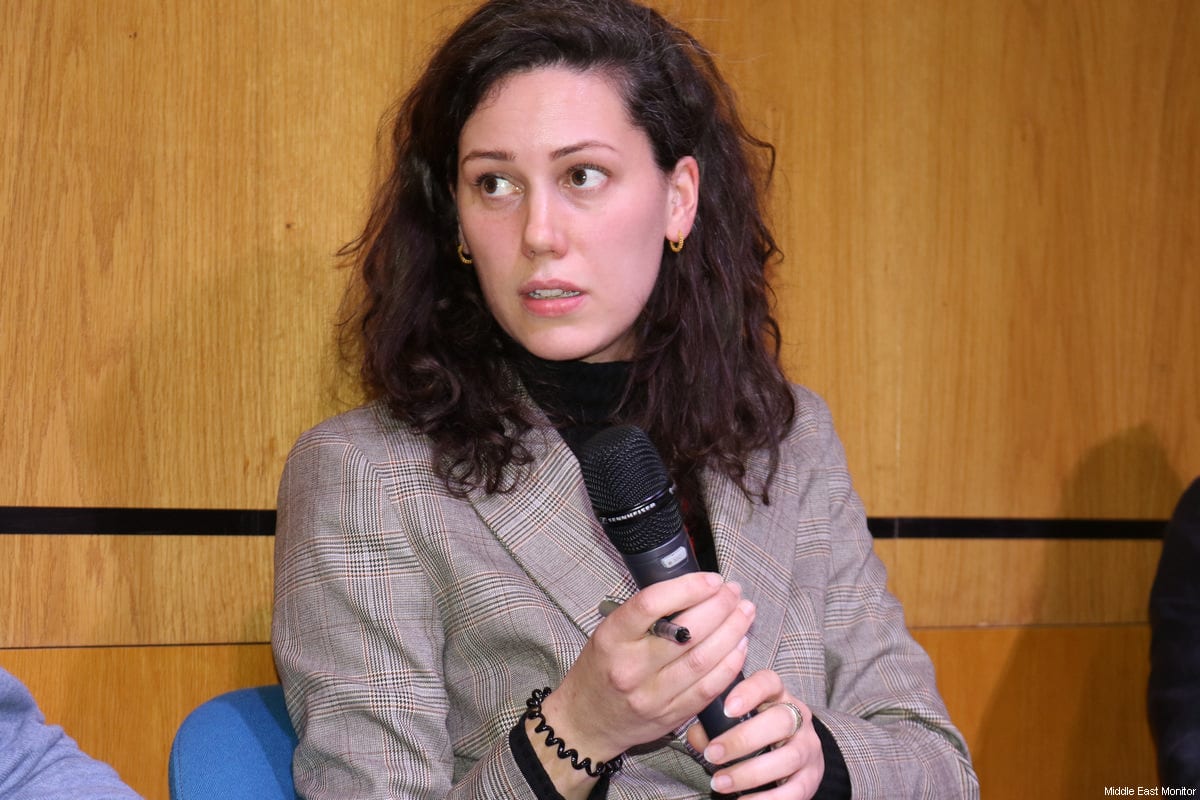Last week, Channel 4’s Unreported World offered an insight into the Gaza Strip’s property market. With almost 2 million inhabitants trapped on a sliver of land 25 miles long, another half million people expected by 2020 and houses being destroyed by the conflict, “prices will soar,” reporter Seyi Rhodes explains.
Rhodes meets Essam Mortja, a wealthy businessman who admits, “Business has never been so good.” The two travel by car in downtown Gaza where Mortja identifies wealthy properties he has helped sell; one is $3 million, another $1.5 million. He also explains that in the last four years property prices have already trebled and he expects them to double again.
Later, we watch Mortja try and shift holiday villas on the beachfront for $2 million. Because of the blockade, and the travel restrictions it imposes on people living inside, many Gazans cannot venture outside of the Strip for their holidays; sadly, these beachfront homes may be as close as they can get to a vacation.
Another place to make serious money on the Strip are the tunnels, Gaza’s lifeline and source of building materials – Israel have officially banned such goods on the grounds they will be used for military purposes by Hamas. But according to Unreported World, 400 to 500 tonnes of gravel move through them daily and $1/2 a billion worth of goods pass through every year; the tunnels have created 1000 millionaires in the last 5 years.
The revelation of this ‘construction boom’ prompted a flurry of tweets amongst viewers, under the hastag #UnreportedWorld. “Not the concentration camp called Gaza George Galloway would have you believe,” said one.
Another offered “at last, truth about #Gaza from non-Israeli source, making nonsense of usual ‘pro-Pal lies,” before going on to compare the density of Gaza with that of Manhattan, until another tweeter pointed out that Manhattan wasn’t actually under siege. People can enter and exit freely; unlike on the Strip where restrictions are so relentless that people with families in the West Bank are often not permitted to join them.
What they missed is that business tycoons like Mortja do not represent the average Gazan family: “Rising property prices haven’t been good for everyone,” Rhodes points out. In fact in some areas Gaza’s property boom has meant that rents have quadrupled, something devastating for the majority of the population who live on UN food hand-outs, with over a third unemployed.
As an alternative, the area of Shijaia offers cheap housing, but it is on the border with Israel and prone to shelling and rocket attacks; the closer apartments are to police stations, the cheaper rent is, though this is not an attractive prospect as the Israeli army target these in war time.
One family are shown around what appears to be a bright, spacious flat with three bedrooms and a view of the sea. Ordinarily, a room with a view is desirable but as the wife points out, “in wartime, gunboats would hit here.”
Not only does the flattening of a house by Israeli forces drive up construction and property prices as demand swells, but families must choose a house based on how likely it is to be bombed.
The views expressed in this article belong to the author and do not necessarily reflect the editorial policy of Middle East Monitor.








